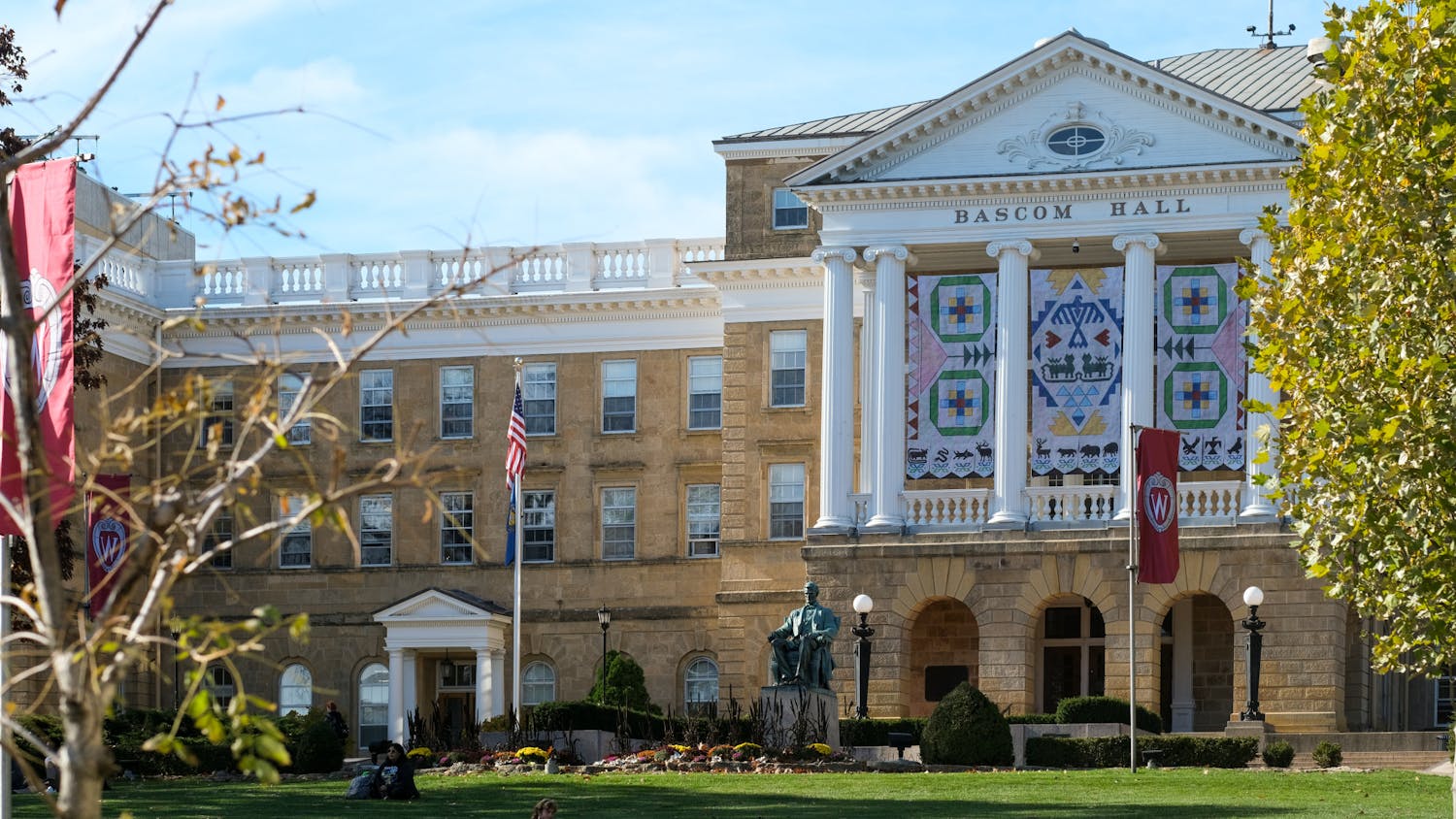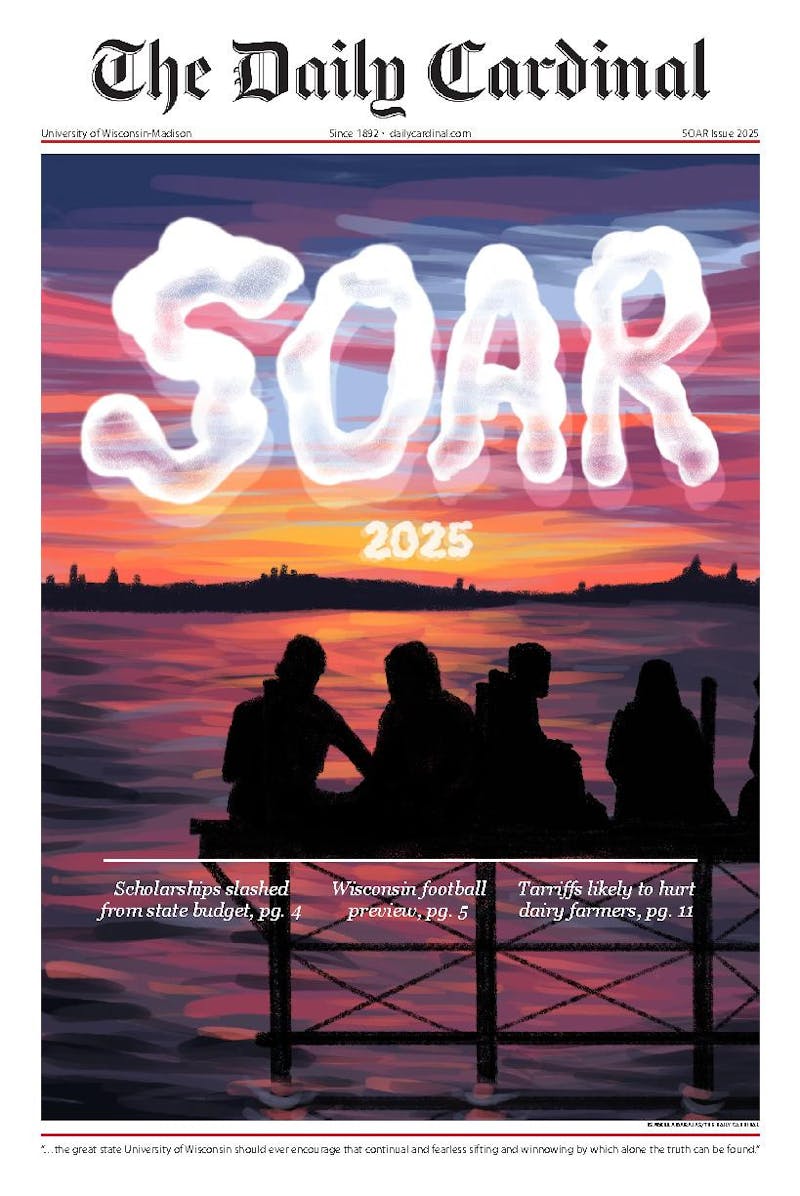Students of color sitting in a chemistry class might struggle not only with challenging coursework but with finding someone else who shares their identity.
Students of color on a predominantly white campus reported struggling to find a sense of community, especially, experts say, in science, technology, engineering and math fields.
UW-Madison’s student body is 73 percent white, which is relatively less diverse than other colleges across the nation. This lack of diversity may impact the learning and social experience of STEM students with different racial and ethnic backgrounds.
“Research shows that underrepresented scholars in STEM can often struggle with a sense of belonging, STEM identity and self-efficacy,” said Director of the Office of STEM Initiatives at the Division of Diversity, Equity and Educational Achievement Emilie Hofacker.
According to the U.S. Department of Commerce, seven out of 10 STEM field positions in the country are held by white, non-Latinx people. Black, Native American and Latinx workers are less likely to hold STEM positions compared to the overall workforce.
And even though women make up half of the U.S. workforce, they earn, on average, 14 percent less than men and hold less than a quarter of positions across STEM fields.
There are tangible challenges in learning experiences for underrepresented students, according to Dr. Gloria Mari-Beffa, associate dean for STEM fields in the College of Letters and Science, who has researched the topic.
“You can see grade gaps in many entry-level classes, but we can’t just say it’s all because they are students of color,” Mari-Beffa said. “It is hard to say a reason, because we have to take into account for students’ work and their study habits, and that is very hard to measure.”
Non-minority students perceive the climate of courses as more positive and less competitive than minority students, according to Mari-Beffa. Furthermore, marginalized students experience more negative feelings while working with students of different races than white students in class.
“Most of the time I just feel like I can’t relate, so my friends and the POC community are my go-to resource because I feel more comfortable being around them and studying with them,” said Ahmed Ibrahim, a UW-Madison junior who often feels like one of few black students in the classroom.
As a third-year undergraduate student at UW, Ibrahim looks to go into medical school and become a doctor in the future.
“I usually study at the Red Gym with my other Black friends. They have a lot of nice study spaces there,” said Ibrahim. “And I like studying there because other students of color also study there.”
Based on a survey sent out by the DDEEA, which collected a number of anonymous student testimonies, nearly all underrepresented students mentioned being one of a few “different” people in STEM classes make them feel lonely.
“I have never met another Latinx woman doing Computer Science; I have never met a Latinx professional in the field of computer science. I have never seen someone I can look up to that is just like me, and that proves that I can do it and that people like me can get there,” a survey respondent wrote.
Some professors have recognized students are struggling and attempt to guide them through their college experiences.
“My main aim is to listen,” UW-Madison Botany professor Anne Pringle said. “If I can listen and understand the issues — and I really do think every person has his/her/their own story — then I can help, often by identifying resources, or just sending the strong message ‘you belong.’”
UW-Madison provides resources and spaces, like the Center for Academic Excellence offers services such as mentoring and learning support and advising sessions for students who need academic assistance.
Students can also facilitate and reserve many spaces and classrooms from the Multicultural Student Center in the Red Gym or participate in student organizations to build connections among communities.
The STEM Diversity Network, which was established last year, is a site that provides online resources “related to STEM diversity on campus and beyond.”
“Students who do persist often indicate that they were able to find a positive community, mentorship and STEM experiences to help them along in the navigation of STEM, especially at a predominantly white institution,” Hofacker said.






